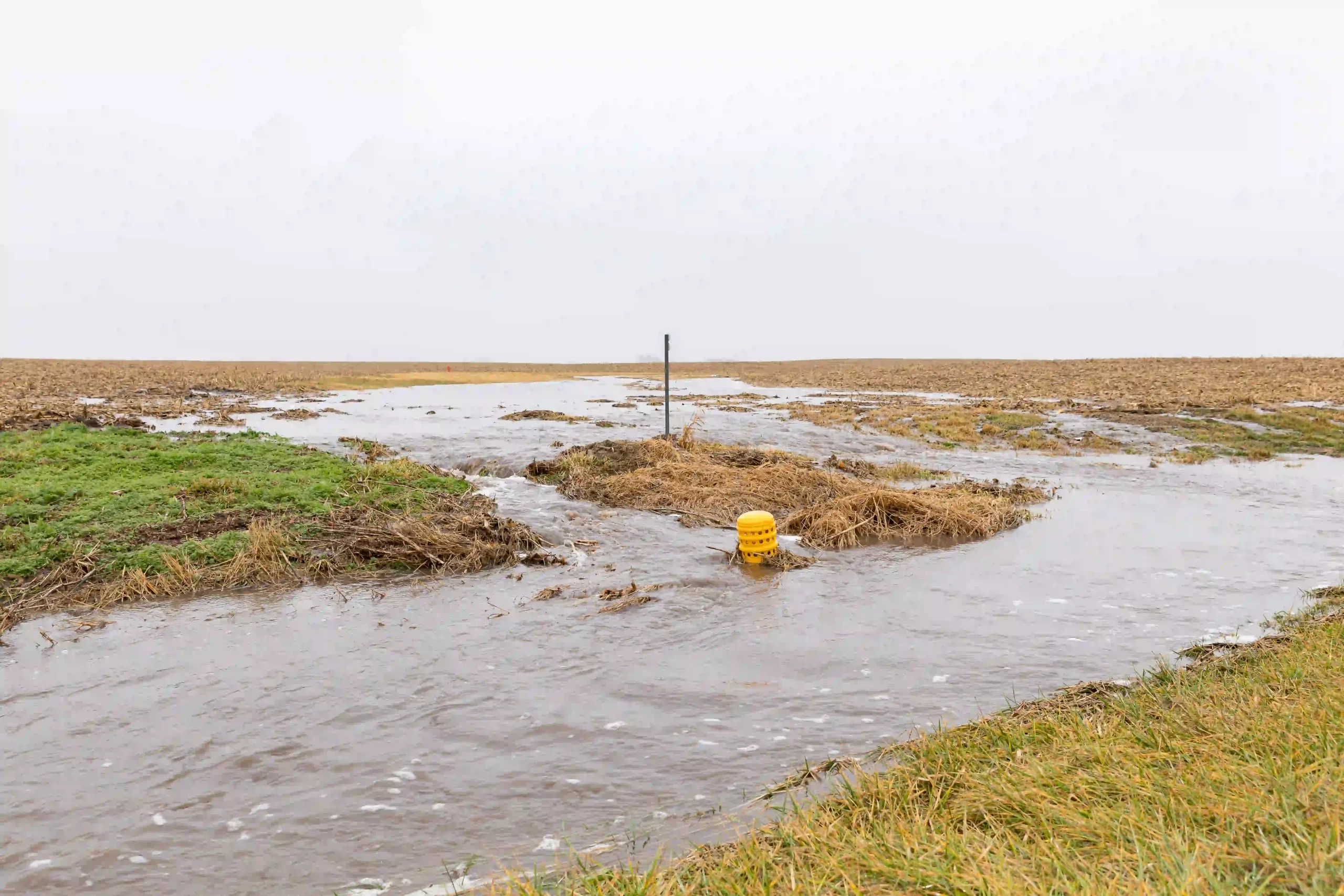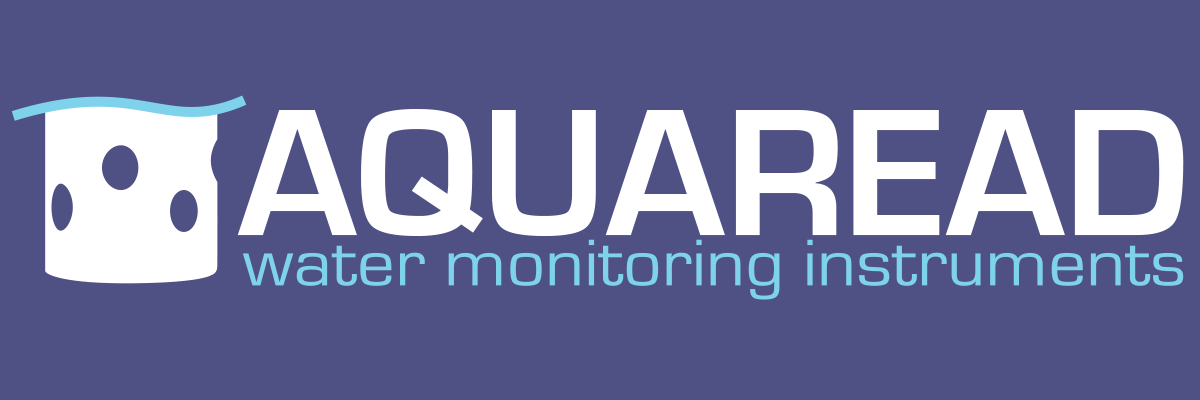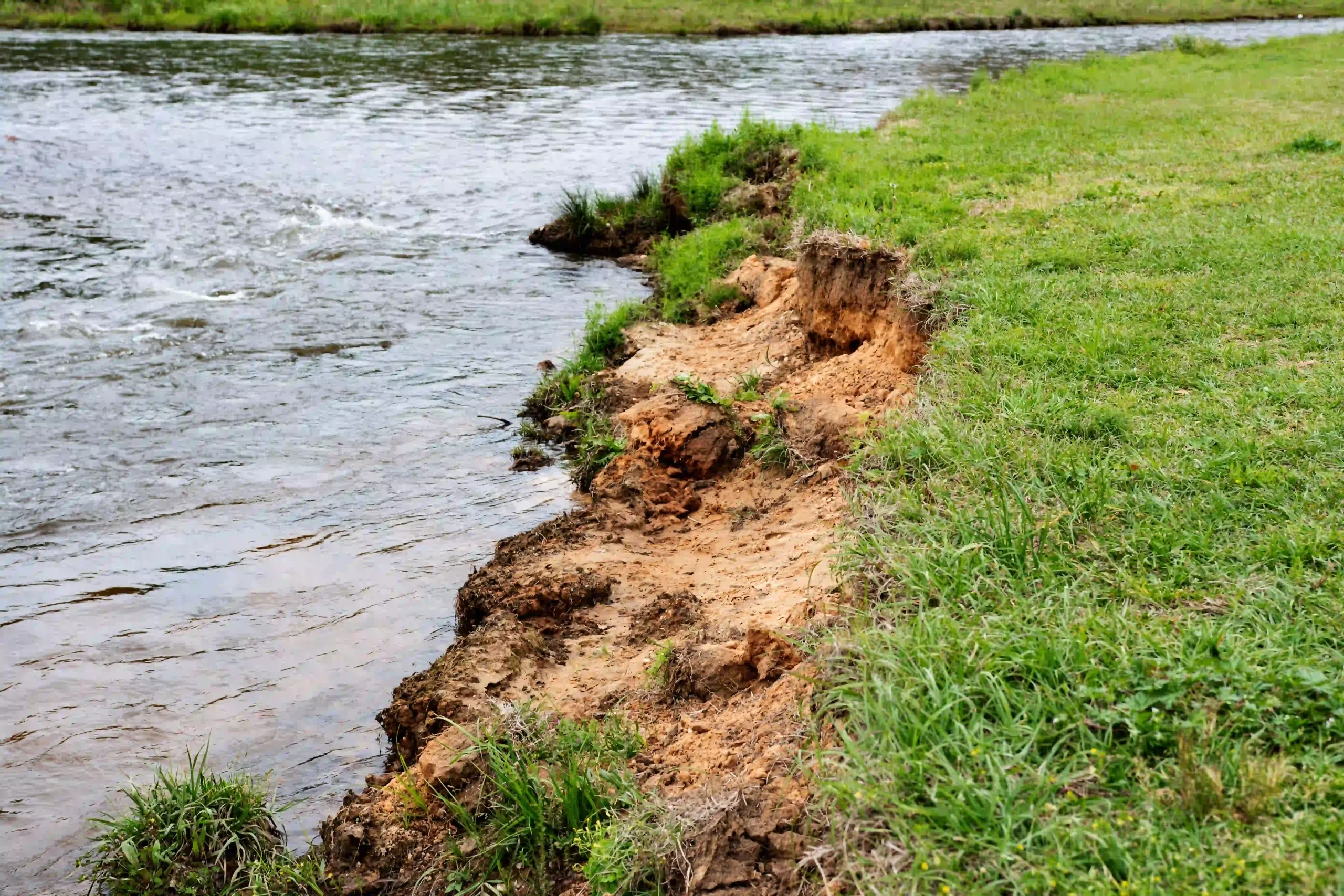Erosion of earth materials results in them being worn away and transported over time by natural forces such as water or wind. While soil erosion is a natural part of the earth’s ecosystem, its acceleration due to human related factors has raised significant environmental concerns.
The essence of understanding soil erosion lies not just in recognising its impact on the landscape but also in appreciating its profound effects on water quality. Read on to explore more.
What is soil erosion?
Soil erosion, a natural process exacerbated by human activities, threatens our land’s vitality and water bodies’ purity. Soil erosion is a natural process where the top layer of soil is removed or worn away by water, wind, ice, or human activities. This process can be accelerated by factors such as deforestation, agricultural practices, overgrazing, construction, and other land-use changes that disrupt the soil’s natural integrity, and poses significant challenges to environmental health and agricultural productivity.
How does soil erosion impact water quality?

When soil erosion occurs, it can lead to the loss of nutrient-rich topsoil, reduced agricultural yields, and increased sedimentation in water bodies – having a significant impact on water quality. When topsoil is eroded, it doesn’t just disappear; it is often carried into nearby streams, rivers, and lakes. This process can have several negative effects on water bodies.
Sedimentation
Eroded soil particles that enter water bodies can lead to sedimentation, these parts then sit at the bottom of all natural water sources; rivers, lakes, and streams. Sedimentation can impact aquatic habitats, reduce the clarity of the water, and disrupt the natural flow of water bodies, affecting both aquatic life and water quality.
Nutrient pollution
Soil often contains nutrients like nitrogen and phosphorus, which are essential for plant growth. However, when these nutrients are washed into water bodies in large amounts, as a result of erosion, they can lead to nutrient pollution. This can cause excessive growth of algae which depletes the water’s oxygen supply, harming or even killing fish and other aquatic organisms.
Pesticides and contaminants
In agricultural areas, the topsoil contains not only nutrients but also pesticides and other contaminants. Erosion can carry these toxic substances into water bodies, posing risks to aquatic life and potentially contaminating drinking water sources.
Increased turbidity
The presence of fine soil particles suspended in water increases its turbidity or cloudiness. High turbidity can block sunlight from reaching aquatic plants, disrupting photosynthesis, and can also clog the gills of fish and other aquatic animals, impairing their ability to breathe.
Factors contributing to soil erosion
As we have discovered so far in this blog, soil erosion is a complex process influenced by various factors, which can be broadly classified into natural and human-induced. Natural factors include anything that is out of human control such as rainfall and runoff, wind, soil structure and vegetation, whilst human factors include deforestation, agricultural practices, construction and mining practices, urbanisation and climate change.
Water quality testing with Aquaread
Understanding soil erosion’s profound impact on water quality is a practical necessity for safeguarding our environment, and most of all, water sources that provide us with our daily water. The degradation of soil through erosion carries away not only the earth’s precious topsoil but also pollutants into our water bodies, compromising the health of aquatic ecosystems and the purity of our water resources.
Ensuring the integrity of water quality is imperative for sustaining life, agriculture, and industry. At Aquaread, we highlight the critical role of advanced water monitoring solutions, and taking meaningful steps towards cleaner, safer water.

